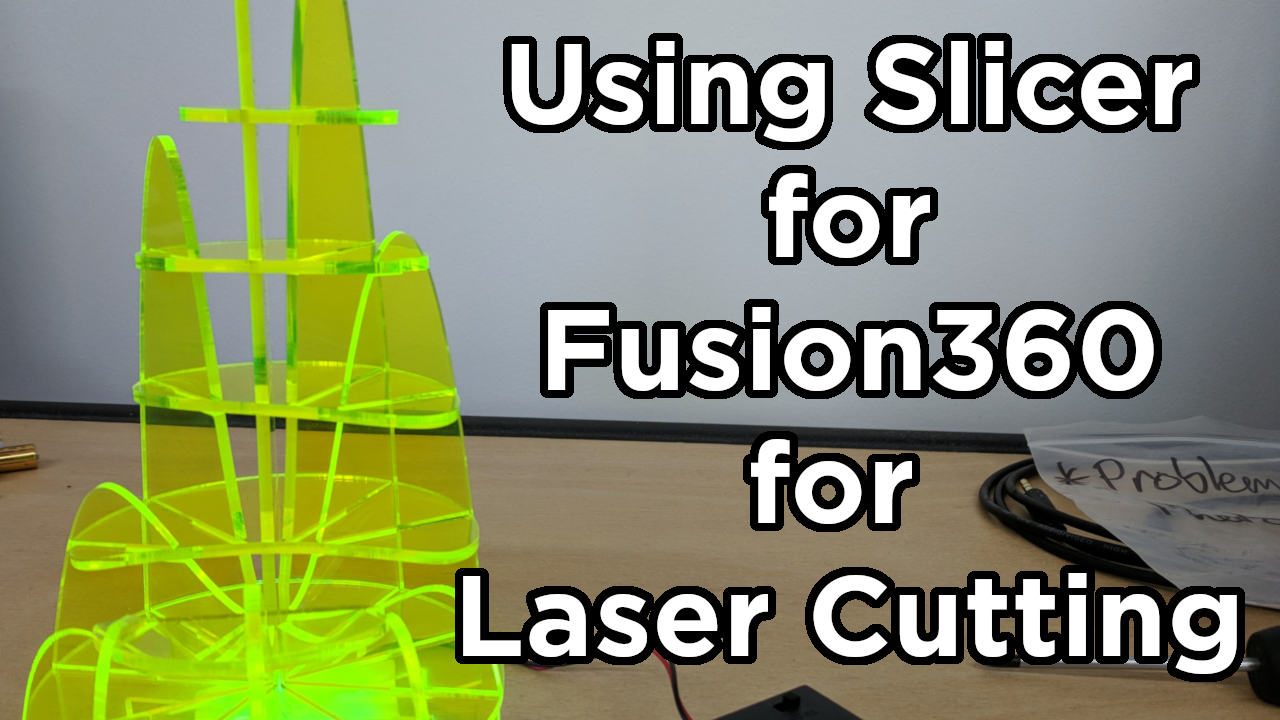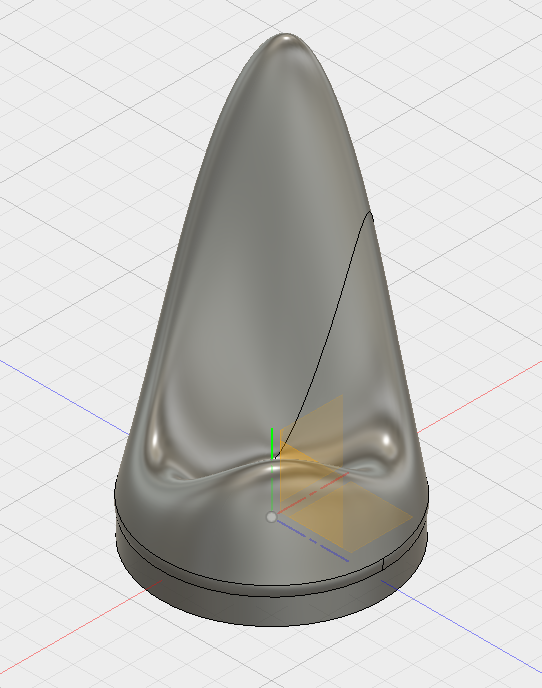

f3d file-type which is a proprietary file-type for Fusion 360. obj if your going to a different piece of software to work on the model. Basic rule of thumb as of writing is to export as an. The file extension doesn’t give much information about what a format actually is so I aim to give a brief description of each export format below.

List of Export Options Fusion 360 Export Formats In my experience, this usually takes less than a minute although I would imagine more complex models take more time.īelow I have a list of every file-type that can be exported and a quick summary of what they are good for. Unfortunately, you cannot download straight from the website as it takes time to convert, so you have to wait for an email. Whether you are in the Design View or the 3D View in the top right corner, you’ll have a few options to choose from.Ĭlicking the download button provides you with a ton more options than the desktop version offers. Going to will give you a similar looking Project and file options as the data panel in the Desktop version. Luckily Fusion has more export options built-in, but they don’t show the functionality in their desktop program. obj then using something else like Autodesk Inventor or Blender to export to your final filetype from is likely to cause artifacts, loss of dimensions, and be a slow manual process. A naive approach of exporting to an intermediary format like.

f3d, seems to be closed source and isn’t supported by any other programs. A major downfall of Fusion 360 is its lack of exporting options and its overall lack of interoperability with other CAD software.


 0 kommentar(er)
0 kommentar(er)
